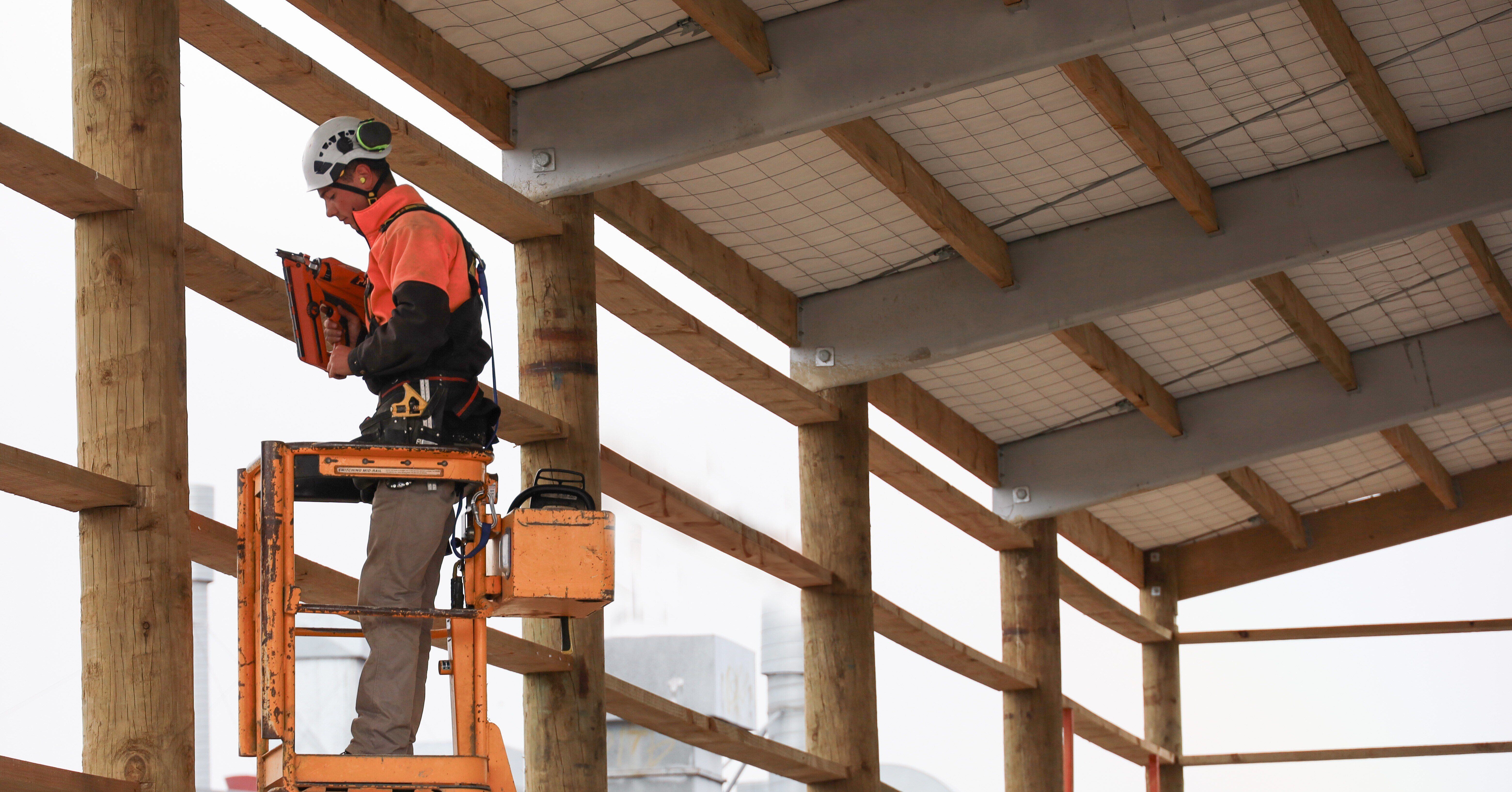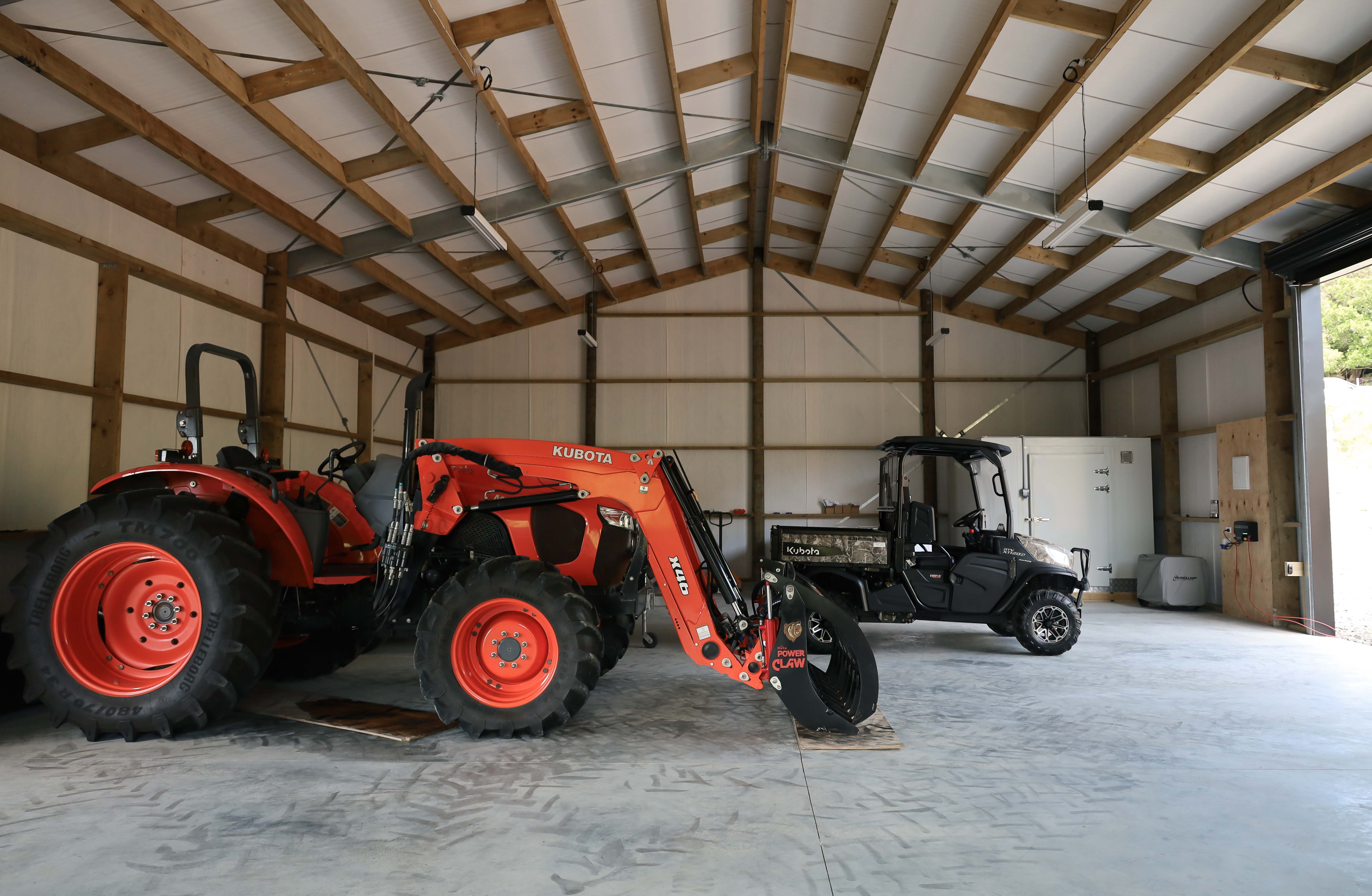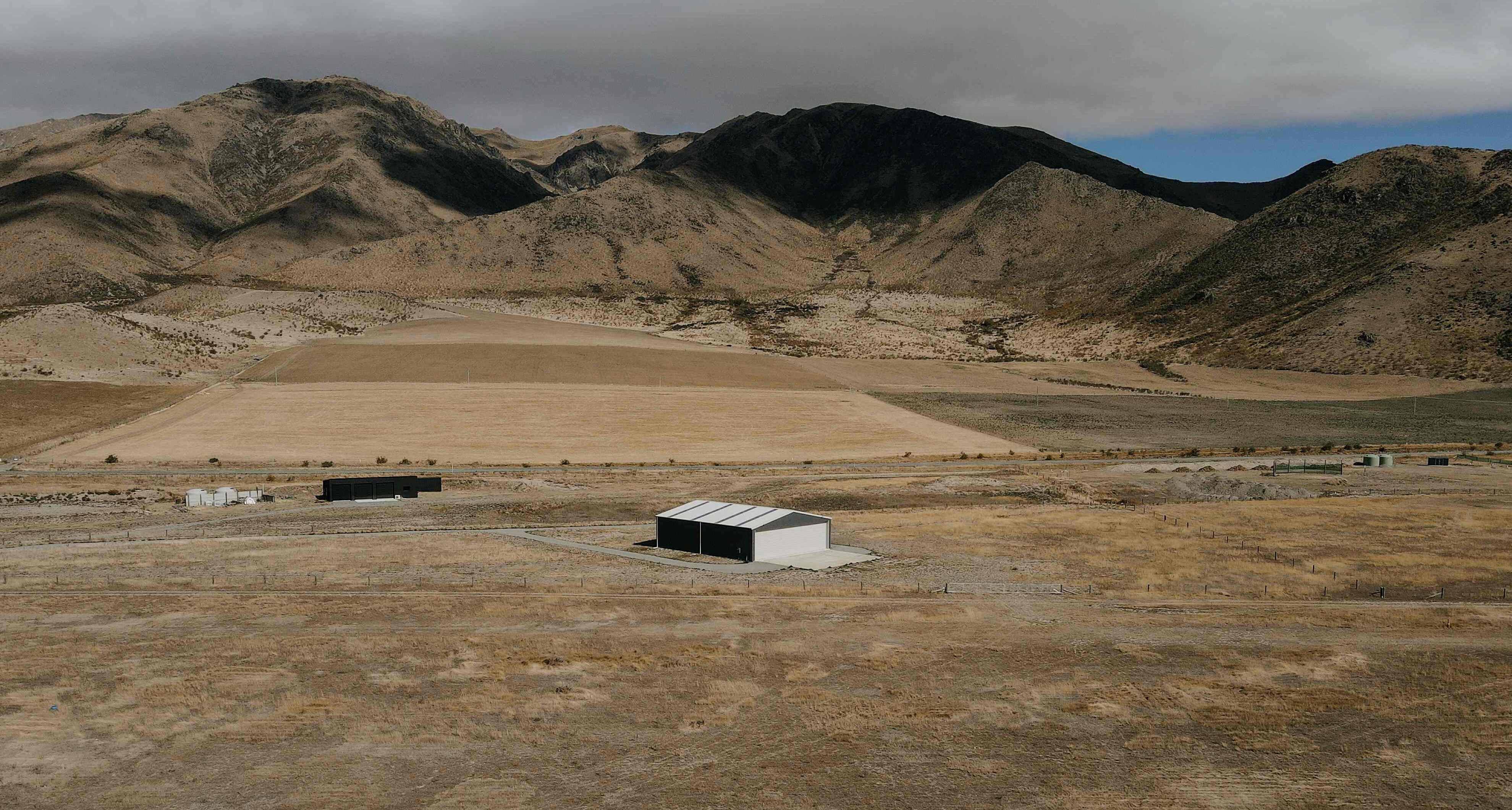.jpg?width=600&height=401&name=iStock-1076004778%20(1).jpg) Image: Hot dip galvanizing bath, 630 degree Celsius
Image: Hot dip galvanizing bath, 630 degree Celsius
If you are in a coastal area or are concerned about rust forming in your shed, you may be wondering - what is the best form of rust protection? The three common methods that are used on kitset sheds include hot dip galvanising, hot zinc spray, and electroplating.
In this article, we dive into each of these methods and discuss their pros and cons so you can make an informed decision on what method is best for you based on your specific project.
What is Hot dip galvanising?
Hot dip galvanising is a process of coating steel or iron with a layer of zinc by immersing the material in a bath of molten zinc at a temperature of around 450°C (840°F). This process creates a metallurgically-bonded coating that provides excellent corrosion protection to the underlying steel or iron.
The process of hot dip galvanising
-
Material preparation
The material to be galvanised is cleaned to remove any rust, oil, or other impurities on the surface. This is usually done by shot blasting, sandblasting, or chemical cleaning. -
Fluxing
Once the material is clean, it is immersed in a bath of flux solution. The flux removes any remaining oxide on the surface and helps to promote the adhesion of the zinc coating. -
Galvanising
The material is lowered into a bath of molten zinc at a temperature of around 450°C (840°F). The material is usually suspended on racks or hooks so that it can be easily removed from the bath. -
Removal and drainage
After the material has been in the zinc bath for a period, it is removed and allowed to drain. Excess zinc is allowed to drip off the material and back into the zinc bath. -
Cooling and Finishing
The galvanised material is allowed to cool in the air or in a quench tank filled with water. Once the material has cooled, any excess zinc on the surface is removed by grinding, sanding, or wire brushing. -
Inspection
The galvanised product is then inspected for quality control purposes. This may include visual inspections for defects, thickness measurements of the zinc coating, and testing for adhesion.
The pros of hot dip galvanising
-
Corrosion resistance:
Hot-dip galvanised coatings provide long-term protection against corrosion, making it a durable and cost-effective solution for many applications. -
Low maintenance:
Hot-dip galvanised coatings require little to no maintenance, reducing the need for costly and time-consuming repairs. -
Toughness:
Hot-dip galvanised coatings are tough and abrasion-resistant, providing protection from damage due to handling, transportation, or installation.
The cons of hot dip galvanising
-
Initial cost:
The initial cost of hot-dip galvanising can be higher than other coating methods, such as painting. However, the long-term benefits of hot-dip galvanising can make it a more cost-effective solution over time. -
Limited colour options:
Hot-dip galvanising only provides one colour option (grey), which may not be suitable for some projects where colour is a key factor. -
Limited use:
Hot-dip galvanising can only be used on structural steel, not roll-form steel. This is because the molten zinc is too hot for the thin roll-form steel to handle.
What is hot zinc spray?
Hot zinc spray, also known as zinc spraying or metallising, is a surface coating process that involves the application of molten zinc onto a steel or iron surface using a spray gun.
The process of hot zinc spray
-
Surface Preparation
The surface is cleaned thoroughly to remove any dirt, rust, or debris that could interfere with the adhesion of the zinc coating. This is typically done through abrasive blasting, using techniques such as sandblasting or shot blasting. -
Preheating
The surface must be preheated to a specific temperature to ensure that the zinc coating adheres properly. The preheating temperature varies depending on the thickness of the metal being coated and the specific zinc spray process being used. -
Zinc wire preparation
A spool of pure zinc wire is loaded into the spray gun, which is designed to feed the wire into the gun and melt it using a flame or an electrical arc. -
Zinc spray application
Once the surface is preheated and the spray gun is loaded with zinc wire, the zinc is sprayed onto the surface using a handheld spray gun or automated spraying equipment. The spray gun must be kept at a consistent distance from the surface to ensure an even coating. -
Cooling and Finishing
Once the zinc coating has been applied, it is allowed to cool and solidify. The final finish can be adjusted using various techniques, such as wire brushing or sanding, to achieve the desired texture and appearance. -
Quality control
The final product must be inspected to ensure that it meets the required quality standards, including thickness, adhesion, and appearance.
The pros of hot zinc spraying
-
Cost-effective
Compared to other protective coatings, hot zinc spray can be a cost-effective option, as it requires fewer coats and can be applied quickly and easily. -
Durability
Zinc coatings are highly durable and can withstand harsh environments, extreme temperatures, and heavy abrasion. -
Environmentally friendly
Zinc is a naturally occurring element and is considered environmentally friendly. Additionally, the hot zinc spray process produces minimal waste and emissions, making it a more sustainable option compared to other coating methods.
The cons of hot zinc spray
-
Surface Preparation
To achieve a high-quality zinc coating, the metal surface must be properly cleaned and prepared beforehand. This can require additional time and resources and, if not done correctly, it can compromise the coating's effectiveness. -
Limited thickness
Hot zinc spray coatings are generally limited to a thickness of a few hundred microns. While this can provide effective protection against corrosion and other forms of damage, it may not be sufficient for some applications. -
Appearance
Hot zinc spray coatings can have a rough and uneven appearance, which may not be desirable for some applications where aesthetics are important.
What is Electroplating?
Electroplating can be used as a method for rust protection on metal surfaces by depositing a layer of corrosion-resistant metal onto the surface.
The process of electroplating
-
Surface Preparation
The surface to be plated is thoroughly cleaned to remove any dirt, grease, or other contaminants that could interfere with the plating process. Depending on the type of surface and the specific plating application, this may involve degreasing, polishing, or other cleaning methods. -
Electrolyte preparation
An electrolyte solution is prepared, containing the metal ions that will be deposited. The composition of the electrolyte will vary depending on the specific metal being plated and the desired plating thickness. -
Plating setup
The cleaned and prepared surface is attached to the negative terminal of a power source and immersed in the electrolyte solution, while the metal to be plated is attached to the positive terminal. -
Plating process
The power source is turned on and a direct current is passed through the solution. This causes the metal ions in the solution to be attracted to the surface and deposited as a thin layer. The plating process continues until the desired thickness is achieved. -
Rinse and dry
Once the plating process is complete, the plated surface must be thoroughly rinsed with water to remove any excess electrolyte solution. Then the surface is dried to prevent water spots or other surface defects. -
Finishing
Depending on the application, the plated surface may require additional finishing steps, such as buffing, polishing, or coating with a protective layer.
The pros of electroplating
-
Cost-effective
Electroplating can be a relatively cost-effective method for improving the performance or appearance of a surface, particularly when compared to other surface treatment methods. -
Efficiency
Electroplating can be a fast and efficient process, allowing for high production rates and consistent quality.
The cons of electroplating
-
Limitations in thickness
Electroplated coatings are typically limited in thickness, which may not be suitable for applications requiring high levels of protection or wear resistance. -
Adhesion issues
Electroplated coatings may not adhere well to certain materials or surfaces. This can lead to issues with peeling, flaking, or other types of delamination. -
Screws may cause coating to remove
When screws are screwed through the steel, the steel heats up and the protective coating is easily removed. In some applications, this may cause problems.
As you can see, there are a number of rust protective coatings available and what is best for you will depend on your specific project. Hot dip galvanising is widely considered the most durable, longest lasting, and most effective coating available. That's why this is the most common option used at Alpine Buildings for structural steel rafters.
If you're looking to start a new building project, reach out to the Alpine Buildings team today. Our team of experts are happy to discuss your project and provide recommendations on what solutions are best suited to your needs.









